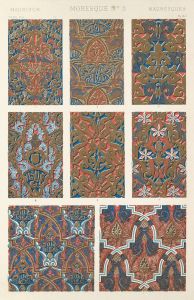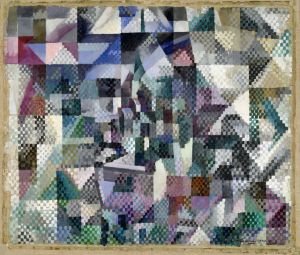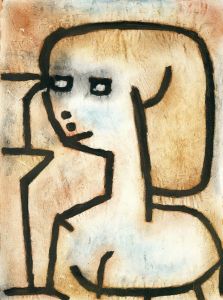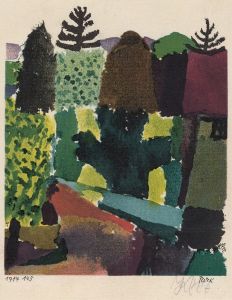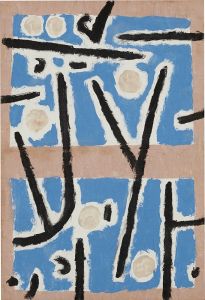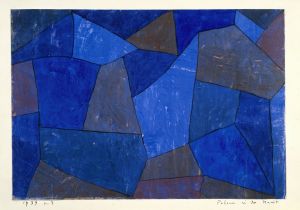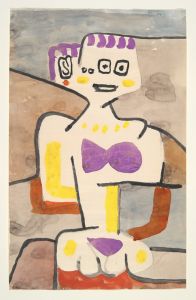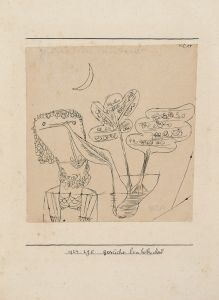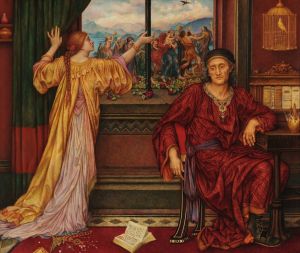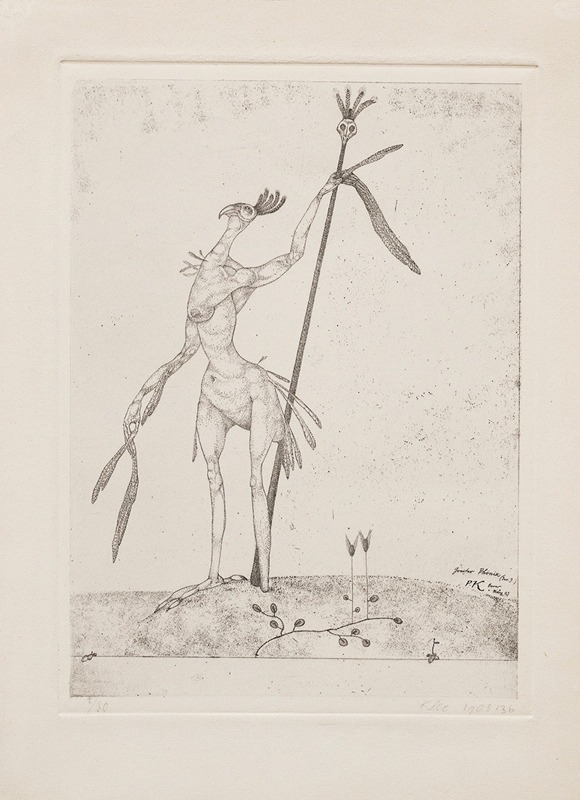
Aged Phoenix
A hand-painted replica of Paul Klee’s masterpiece Aged Phoenix, meticulously crafted by professional artists to capture the true essence of the original. Each piece is created with museum-quality canvas and rare mineral pigments, carefully painted by experienced artists with delicate brushstrokes and rich, layered colors to perfectly recreate the texture of the original artwork. Unlike machine-printed reproductions, this hand-painted version brings the painting to life, infused with the artist’s emotions and skill in every stroke. Whether for personal collection or home decoration, it instantly elevates the artistic atmosphere of any space.
Paul Klee's "Aged Phoenix" is a notable work by the Swiss-born German artist, created in 1932. Klee is renowned for his highly individual style, which was influenced by movements in art that included Expressionism, Cubism, and Surrealism. His works often feature a unique blend of abstraction and figuration, characterized by a playful use of color and form.
"Aged Phoenix" is a part of Klee's later body of work, created during a period when he was grappling with the rise of Nazism in Germany and his own deteriorating health. In 1933, Klee was dismissed from his teaching position at the Düsseldorf Academy by the Nazis, who labeled his work as "degenerate art." This political and personal turmoil is often reflected in the tone and themes of his works from this period.
The painting itself is emblematic of Klee's mature style, where he often employed a grid-like structure and a palette of muted colors. "Aged Phoenix" features a composition that suggests a mythical bird, the phoenix, which is traditionally associated with rebirth and renewal. This theme of regeneration could be interpreted as a metaphor for Klee's own life and career, as well as a broader commentary on the socio-political climate of the time.
Klee's technique in "Aged Phoenix" involves a meticulous layering of colors and textures, which creates a sense of depth and complexity. His use of line is both delicate and assertive, guiding the viewer's eye across the canvas and inviting them to explore the interplay of shapes and hues. The painting's abstract nature allows for multiple interpretations, a hallmark of Klee's work that encourages viewers to engage with it on a personal level.
The phoenix motif in the painting can also be seen as a reflection of Klee's interest in symbols and mythology, which he often incorporated into his art. This interest was part of a broader exploration of the spiritual and the mystical, themes that were prevalent in much of his work. Klee's fascination with the transcendent aspects of art is evident in the way he imbues "Aged Phoenix" with a sense of mystery and wonder.
Today, "Aged Phoenix" is held in high regard as an example of Klee's innovative approach to painting and his ability to convey profound ideas through seemingly simple forms. The work continues to be studied and admired for its artistic and historical significance, offering insight into Klee's creative process and the cultural context in which he was working.
Klee's legacy as a pioneer of modern art is firmly established, and "Aged Phoenix" remains a testament to his enduring influence on the art world. His ability to blend the whimsical with the serious, and the abstract with the concrete, ensures that his work continues to resonate with audiences around the world.





